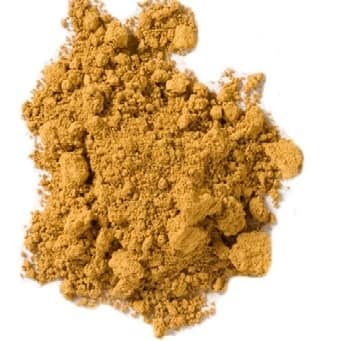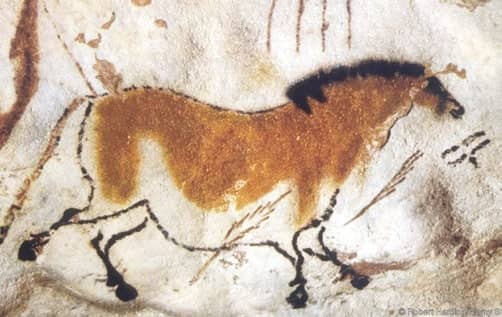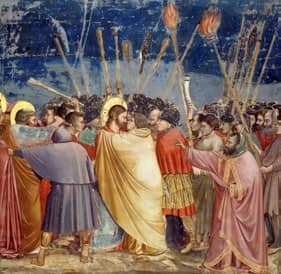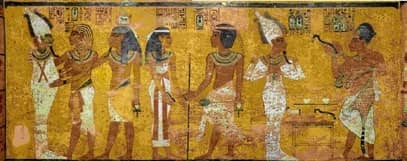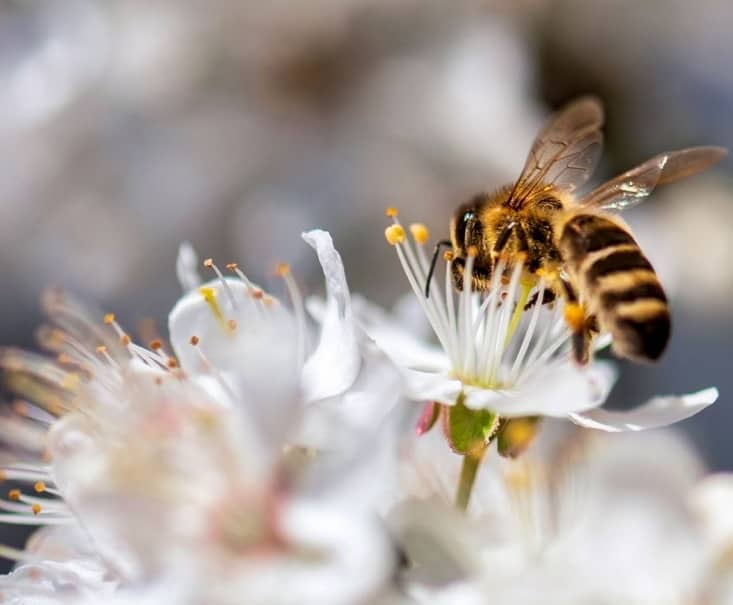Threads of tradition
Raksha Bandhan isn’t just about rakhis and sweets; it’s a colourful blend of traditions that change as you move from one state to another in India. From sisters tying vibrant threads on their brothers’ wrists in the North to coastal communities offering coconuts to the sea, every region brings its own unique cultural significance to this sibling celebration. Raksha Bandhan is a festival that beautifully blends love and culture, displaying the rich diversity of India’s traditions.
Maharashtra: In Maharashtra and other coastal regions, Raksha Bandhan is celebrated as Naarali Poornima, a festival that centres around the worship of the sea. On this day, the local fishing communities offer coconuts to the sea as a symbol of reverence and to seek blessings from it. People prepare special dishes using coconut as a main ingredient. After the sea worship rituals are completed, the festivities continue with community gatherings, marking the transition from religious observance to joyful celebration.
Rajasthan: While most North Indians celebrate Raksha Bandhan by tying a rakhi on their brothers’ wrists and praying for their long lives, brothers, in return, vow to protect their sisters from all hardships. However, in the Marwari and Rajasthani communities, the tradition goes a step further. Here, sisters also tie a rakhi, known as a Lumba rakhi, on the bangle of their brother’s wife. The reason behind this unique custom lies in the belief that the wife, considered the ‘ardhangini’ or better half, is an integral part of the brother’s life. The ritual acknowledges that the responsibility of protecting and loving a sister is not just the brother’s duty alone but is shared equally by his wife. This makes the Raksha Bandhan celebration more unique, embracing the sister-in-law as an important part of the tradition.
Madhya Pradesh and Bihar: On this day, mothers and their sons do a special pooja, while farmers worship their land. The celebrations start a week before the main celebration. The wives of farmers go to their fields and collect soil by wrapping it in leaves. The soil is then sown with barley and kept in a thoroughly cleaned and decorated area of the house. This is called the ‘put’. When the seven days are up, mothers take the ‘put’ and pray for their sons’ longevity before immersing them in a well or river.
Tamil Nadu and Kerala: The celebration of Rasha Bandhan is called Avani Avittam in states like Kerala and Tamil Nadu. The festivities are mostly for the family’s male members. On this day, Brahmins immerse themselves in the river and seek forgiveness for all of their past sins. The janau, or holy thread, worn across the body, is replaced with a new thread at the end of the custom. They also make promises to do good deeds during this "thread changing" ceremony.
Odisha: On Gamha Purnima, cows and bullocks are worshipped in many regions of Odisha. The festival is marked by a unique local sport known as Gamha Diyan, which is one of the highlights of the festival. Gamha Purnima is celebrated as the birth anniversary of Lord Baladeva, the elder brother of Bhagavan Sri Krishna. Over time, this traditional festival has also embraced the observance of Raksha Bandhan, inspired by the Rakhi festival celebrated on the same day across North India. This blend of rituals symbolises the strong cultural ties and evolving traditions that continue to define Odisha’s vibrant heritage.
West Bengal: This day marks the end of the five-day ritual of Lord Krishna and Radha swinging on a jhula, celebrated as Jhulan Poornima. The festivities kick off on Pavitra Ekadashi and end on Raksha Bandhan, which falls on the full moon day. During this time, idols of Lord Krishna and Radha are placed on a swing and made to swing, symbolising their divine love. The swing, adorned with vibrant flowers and intricate designs, becomes the highlight of celebrations, especially at the ISKCON temple in Mayapur, where the festival is marked with music and devotion. The whole atmosphere is filled with joy, devotion, and the colourful energy that surrounds the sacred bond of these divine beings.
